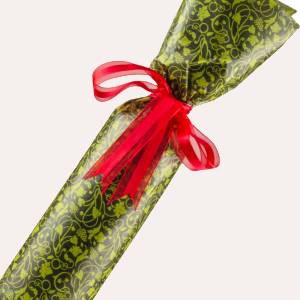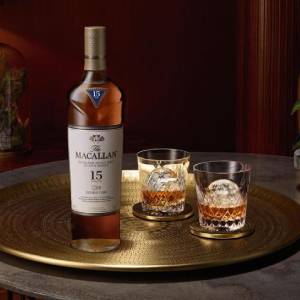
What is the 'Old Bottle Effect' in Whisky?
Whisky, like all bottled spirits subtly transforms with the passage of time, unveiling what is known as the Old Bottle Effect (OBE). This phenomenon primarily pivots around the process of oxidation, where the liquid interacts with oxygen, leading to a nuanced alteration in taste and aroma. We take a deep drive and explore the Old Bottle Effect as it relates to whisky, delving into the factors that contribute to this delicate and beguiling transformation.
The Chemistry
The Old Bottle Effect (OBE) in whisky is primarily governed by the chemistry of oxidation, where the spirit interacts with oxygen over time. When whisky is bottled and sealed, especially with a cork, a slow but continuous exchange of oxygen occurs through the micro-pores of the cork, leading to subtle oxidation reactions within the whisky. These reactions can cause certain compounds within the whisky to change, often leading to a mellowing of harsh flavors or the emergence of new flavor compounds. Additionally, other chemical reactions may occur due to the interaction of whisky with the glass bottle, or from residual compounds from the cask in which it was aged.
The alcohol content of whisky acts as a buffer to some extent, reducing the rate of oxidation compared to lower alcohol content beverages like wine. Over time, volatile compounds may also escape if the seal is not airtight, further altering the flavor and aroma profile of the whisky. This nuanced interplay of chemical reactions orchestrated over time crafts the unique narrative of the Old Bottle Effect in whisky, making each aged bottle a distinct testament to the delicate chemistry of maturation and time.
Impact of Storage Conditions
The environment in which whisky is stored significantly influences the Old Bottle Effect. For instance, a bottle stashed in an attic, subject to the whims of seasonal temperature variations, might experience an accelerated aging process. Furthermore, if a bottle loses its airtight seal, volatile aromas may escape, altering the whisky's character. Exposure to direct sunlight can also impact the whisky's color, although natural coloring tends to withstand sunlight better compared to artificial caramel color.
The Enigmatic Interaction
The Old Bottle Effect in whisky is a nuanced and enigmatic interaction between time, liquid, and environmental conditions. While oxidation is identified as a primary factor, the full extent of influence that distillation methods and storage conditions exert on this phenomenon is a realm yet to be fully explored.
The Old Bottle Effect unveils a captivating facet of whisky's interaction with time, offering a unique narrative with each uncorking of an aged bottle. As whisky aficionados continue to explore and unravel the mysteries surrounding this phenomenon, the Old Bottle Effect stands as a subtle testament to whisky's enduring character and the gentle imprint of time on its essence. Through understanding and appreciating this effect, connoisseurs are drawn closer to the heart of what makes whisky a timeless and ever-evolving spirit.






















